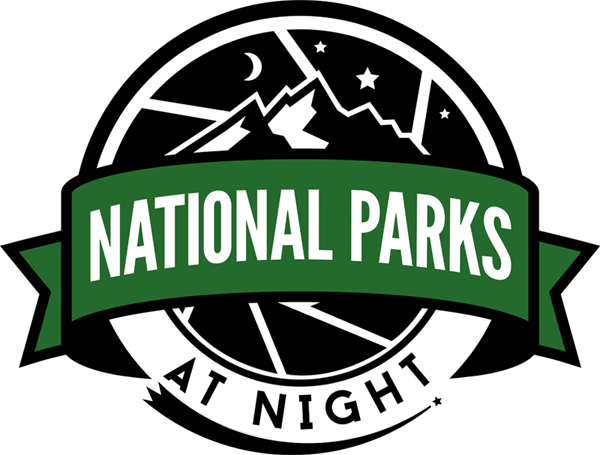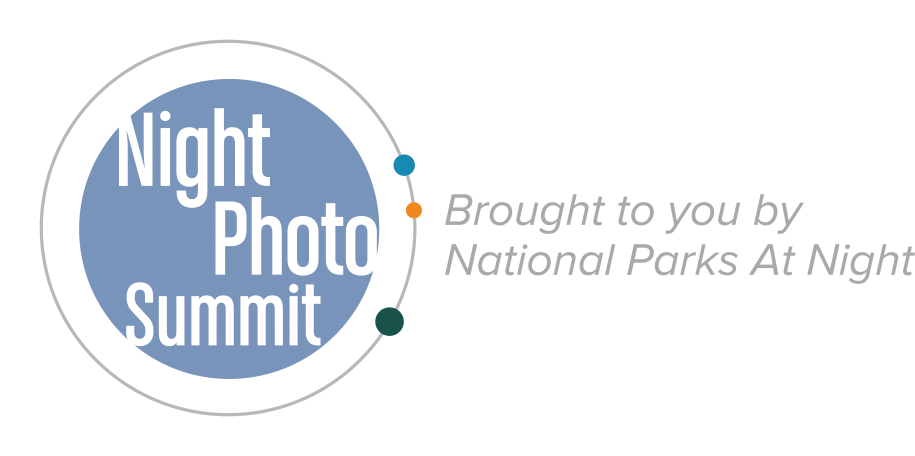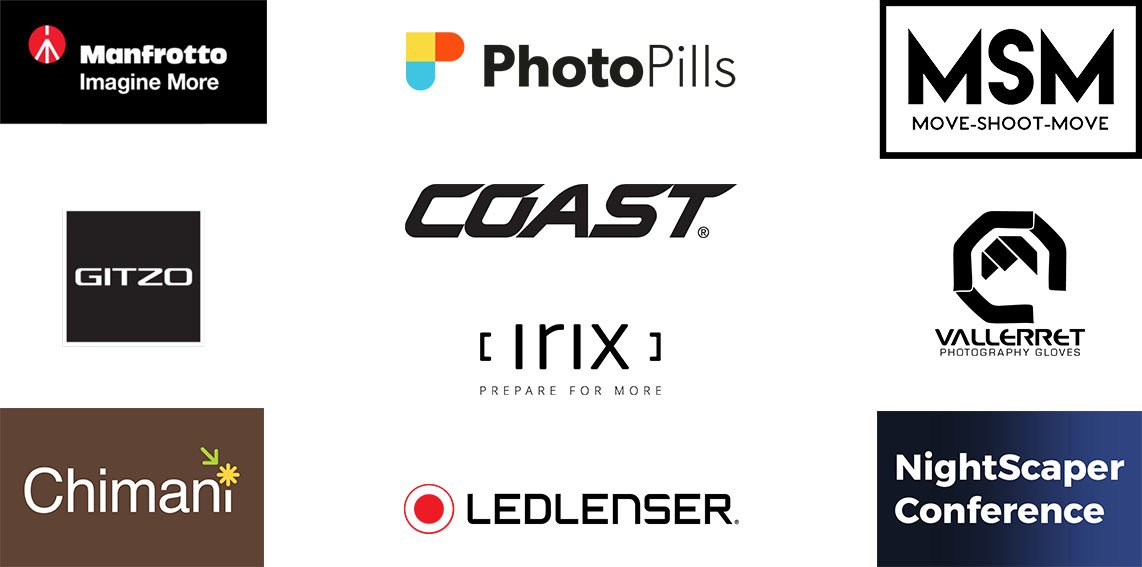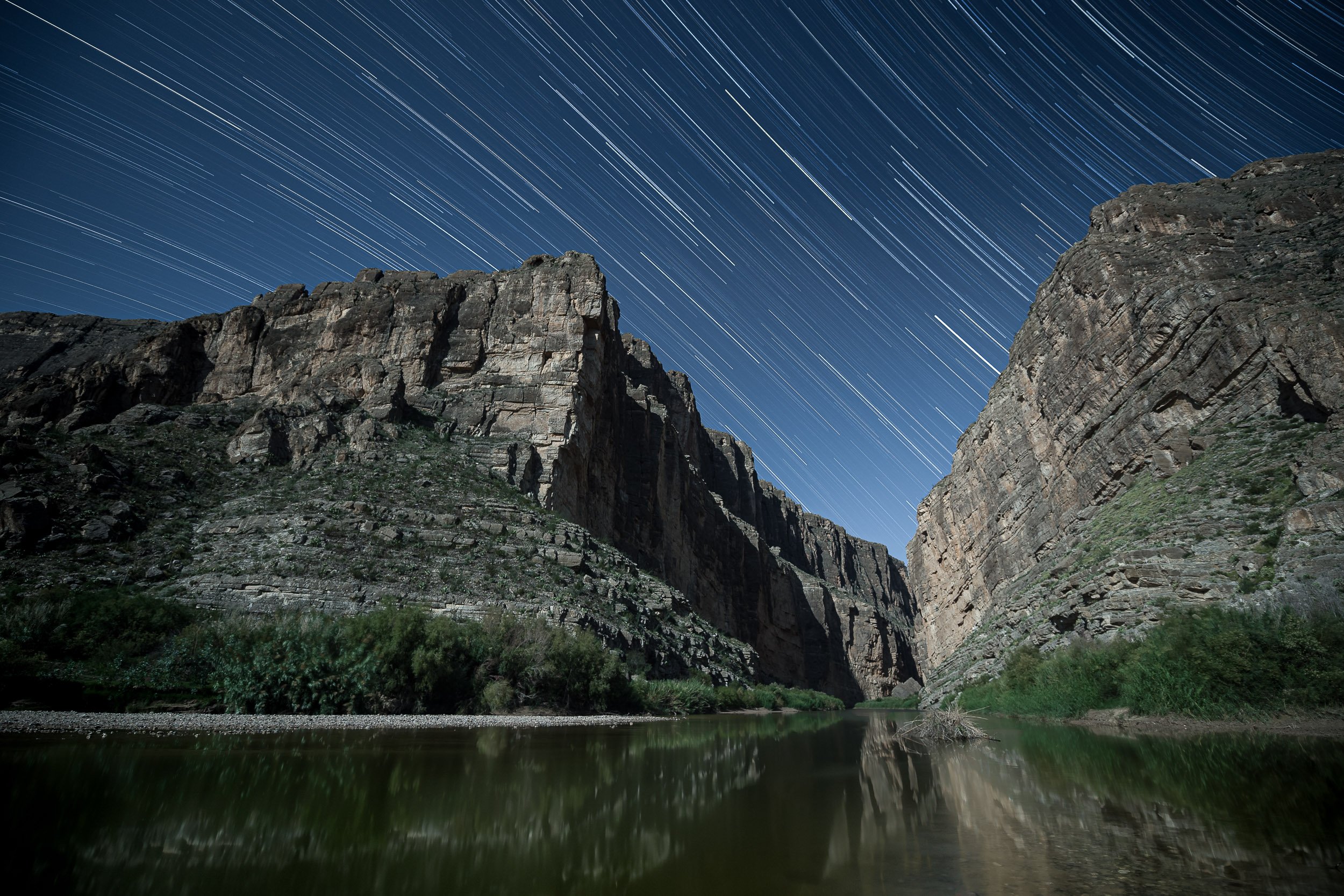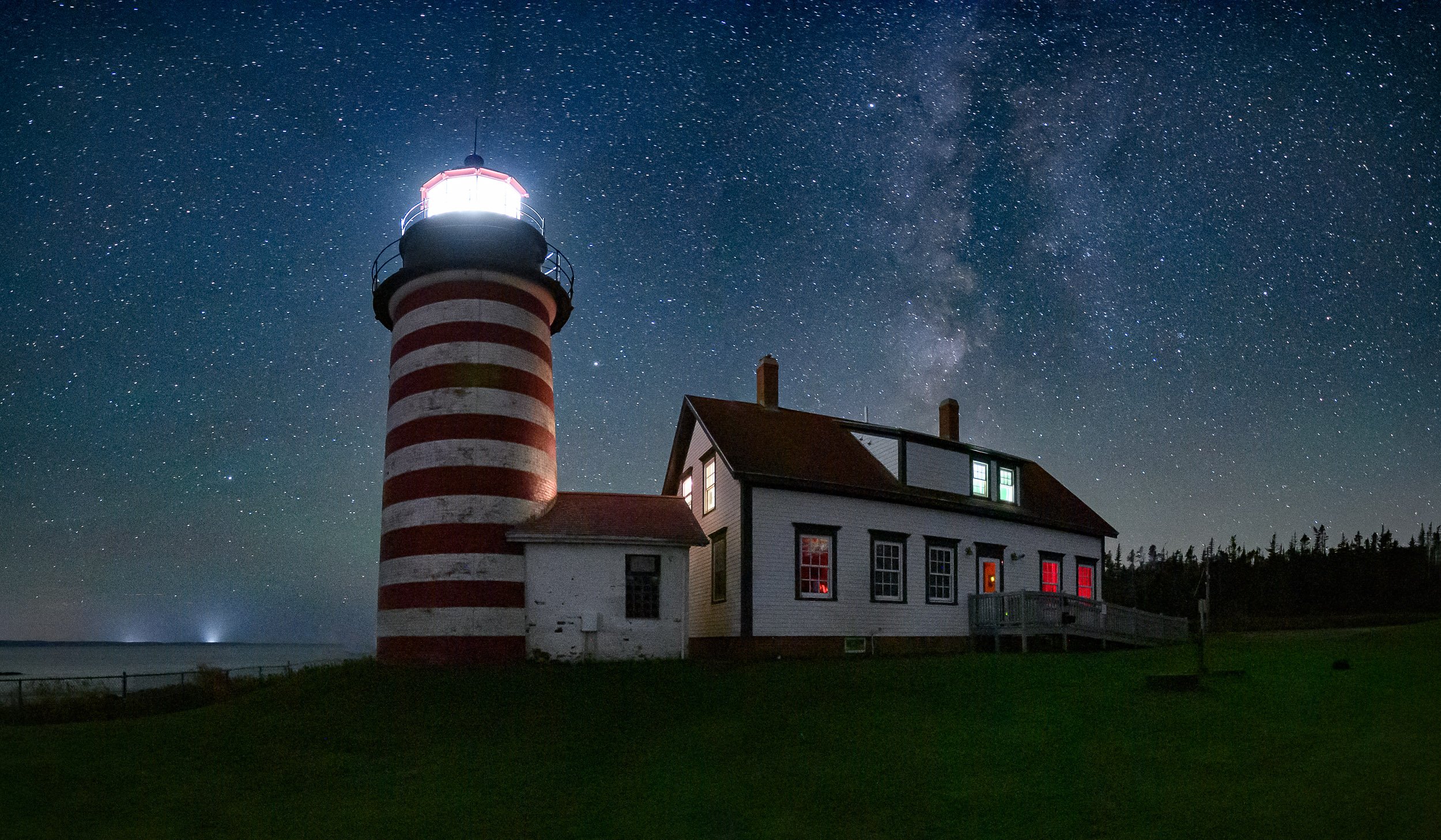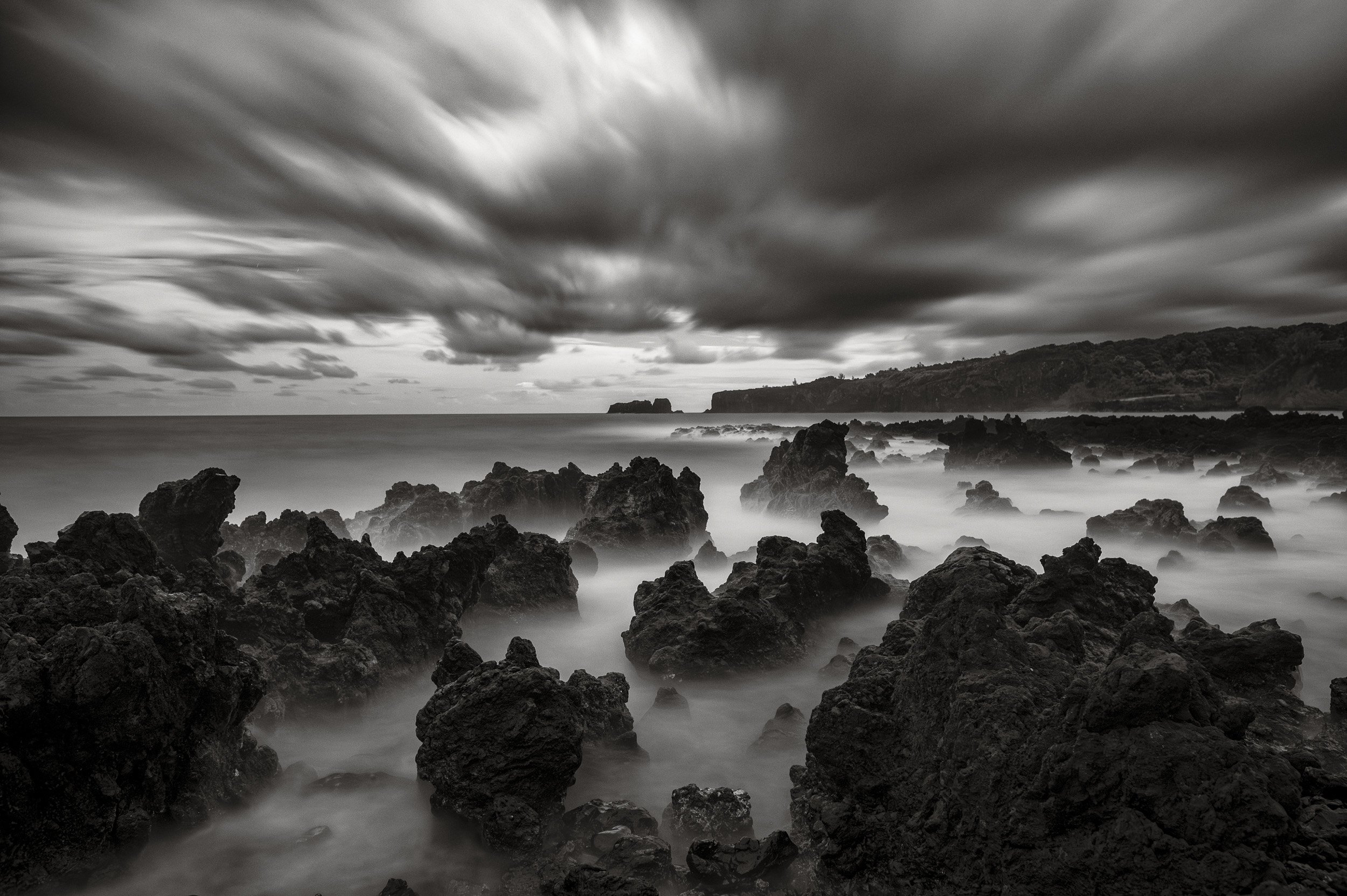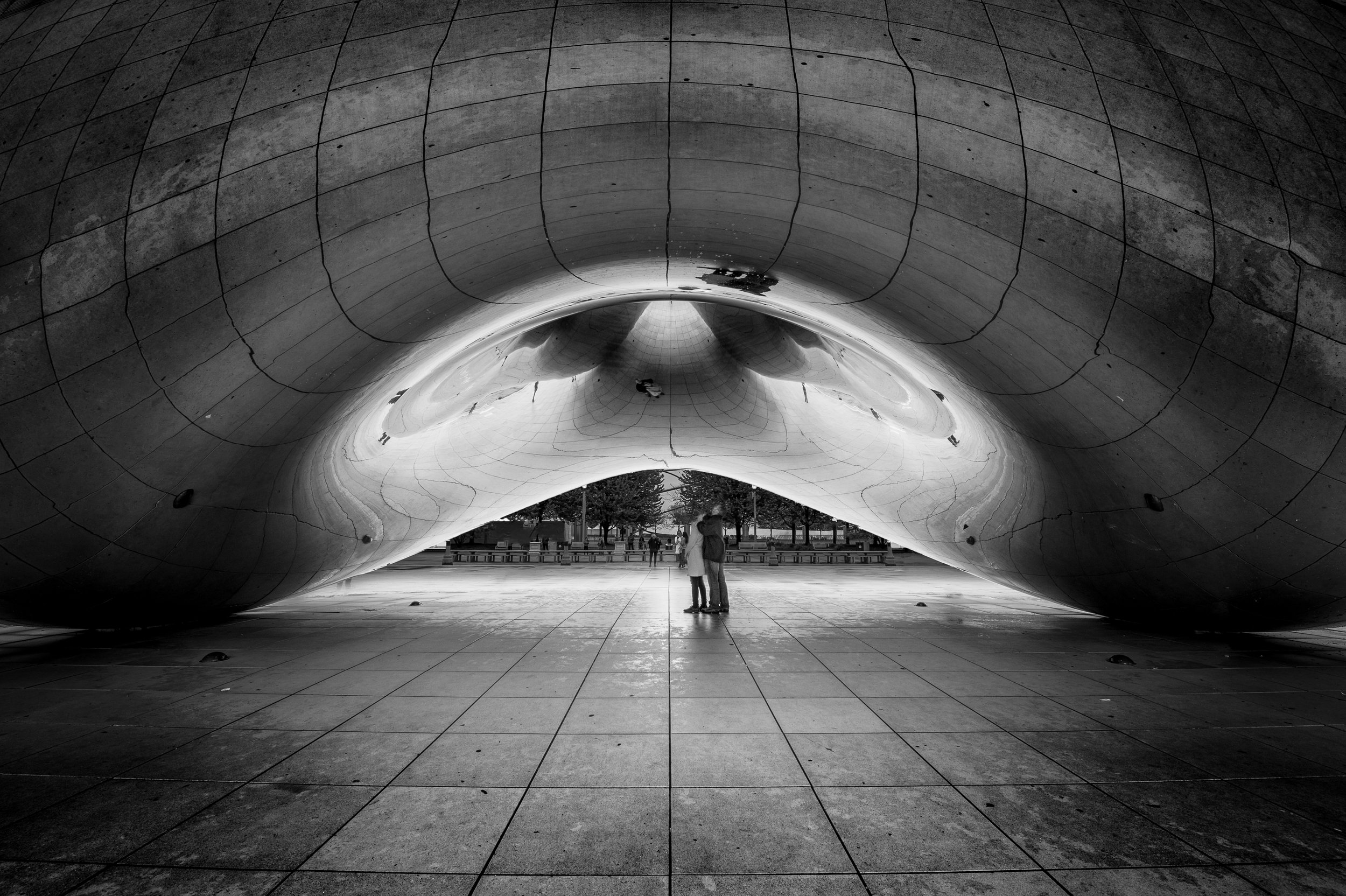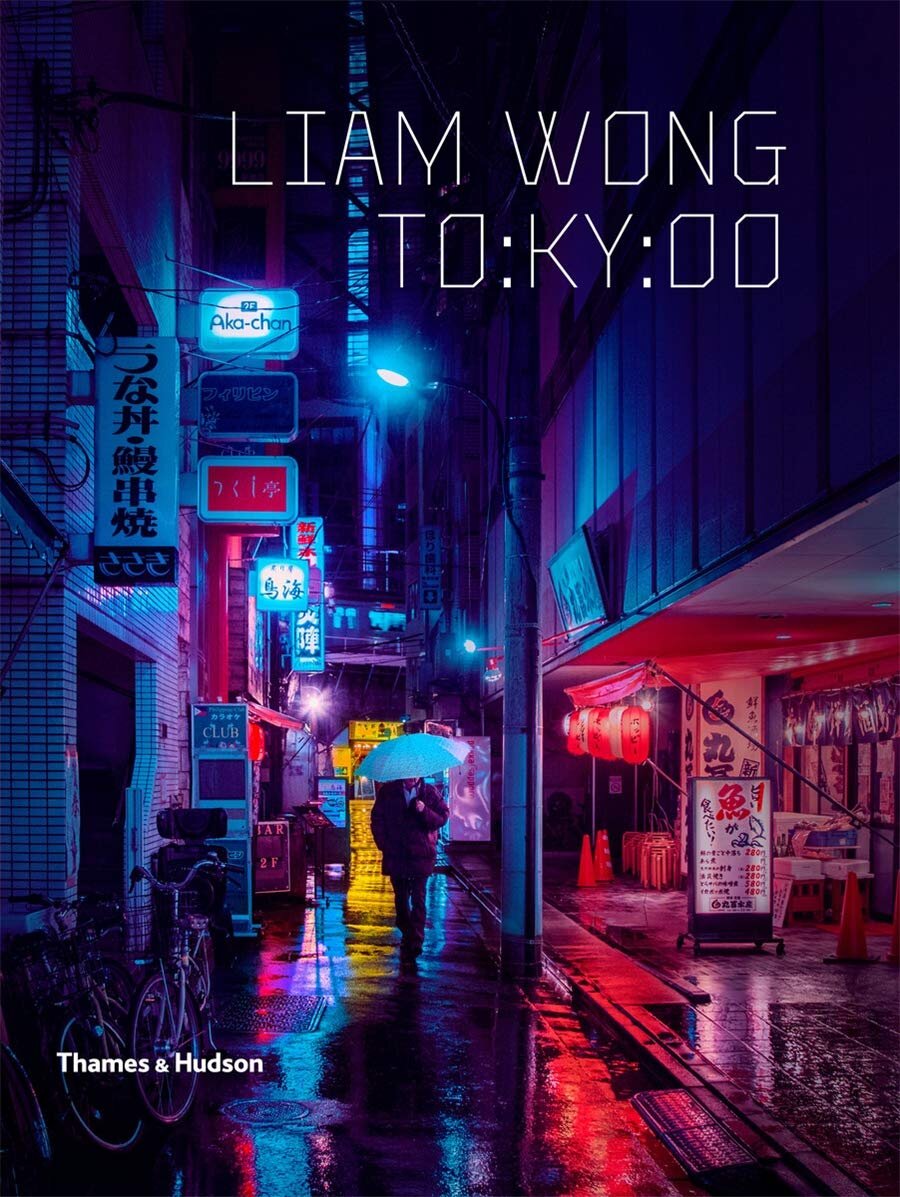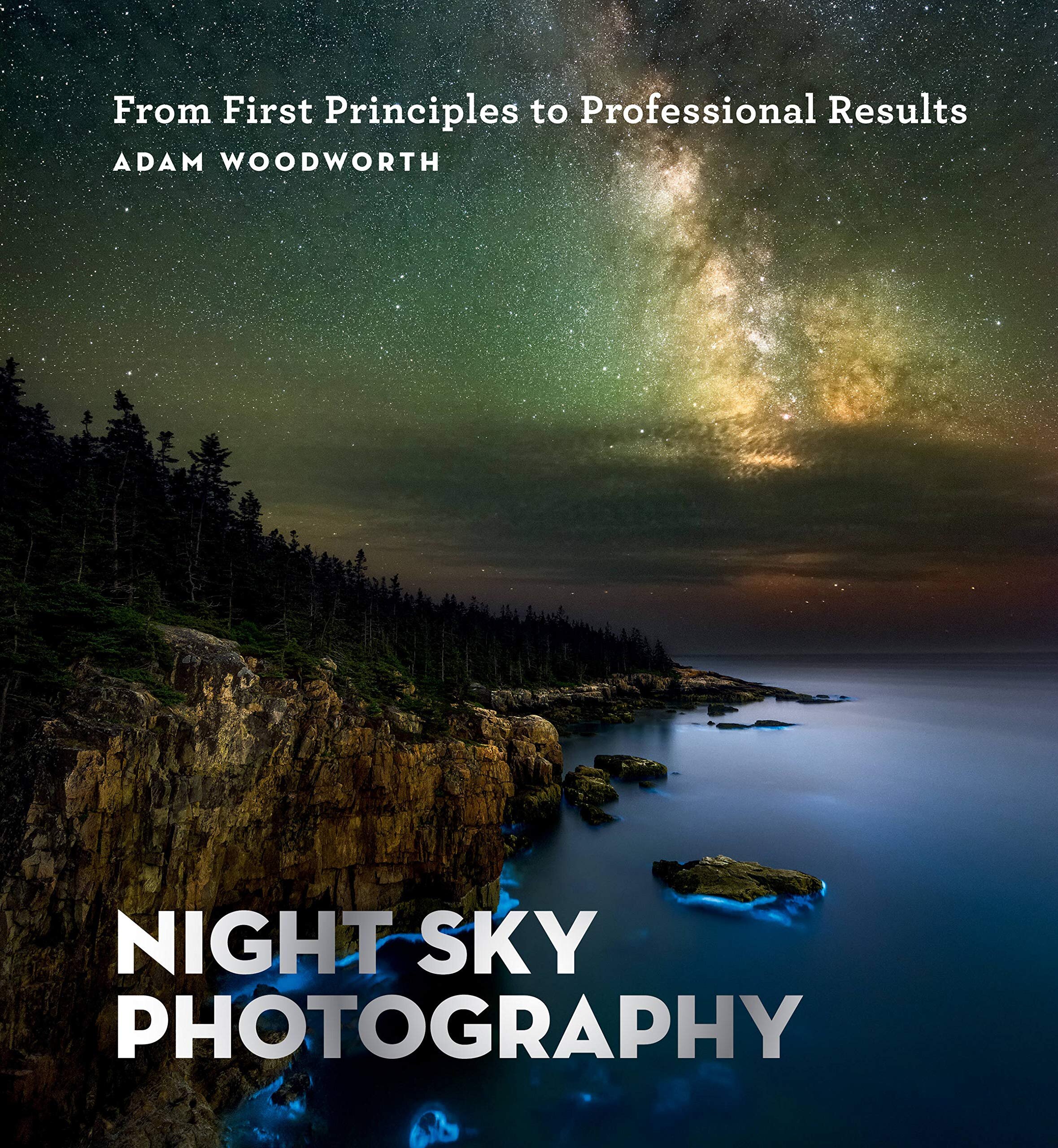Seize the Night, Online! — Announcing the Second Annual Night Photo Summit
We are delighted to announce the second annual Night Photo Summit!
Last winter, we hosted and produced the first Night Photo Summit, a 3-day virtual conference to celebrate everything we love about night photography. It was intense. It was educational. It was fun!
We created the summit as a way to share our passion with you, the community of like-minded photographers who love the night.
Over 350 people joined together for a long weekend of inspiration and camaraderie, and it was such a blast that we knew, even before it was over, that we would do it again in 2022.
Join us from February 4-6, 2022, to experience 3 days of dynamic presentations from 30-plus world class photographers, authors, artists, rangers, an astronomer, and even a meteorologist.
Sessions and Speakers
There are sessions about creativity, dark skies and weather, and of course night photo techniques––image capture, lighting, time-lapse, post-processing and more.
There are classes for all levels, including a Night Photography Fundamentals track, as well as intermediate and advanced level courses, all totaling for over 45 hours of learning and virtual adventure. And we are thrilled to have our friend and world-renowned nature and cultural photographer Art Wolfe share his World at Night project turned book.
There will be panel discussions (including “Women in Night Photography—Challenges and Achievements Under the Stars”), a group image review with the National Parks at Night instructors, and opportunities to connect with the wider community of creative professionals who share a love of night photography.
Our incredible lineup of speakers and talks includes:
Adam Woodworth: “Milky Way Crash Course”
Amir Shahcheraghian: “10 Years of Night Sky Photography in the Desert National Parks of Iran”
Art Wolfe: “Art Wolfe Presents: Night on Earth”
Autumn Schrock: “Process to Print: Making Your Night Photos Shine on the Wall”
Chris Nicholson: “Oceans, Lakes, Rivers and Ponds: Working with Water at Night”
Colleen Miniuk: “Finding Your Creative Voice”
Erik Kuna: “Planning a Milky Way Adventure with PhotoPills”
Forest Chaput de Saintonge: “Deep-Sky Astrophotography with a Telephoto Lens”
Gabriel Biderman: “Out of this World: Beyond the Basics of Star Trail Photography”
Gunther Wegner: “Day to Night Transitions: The Holy Grail of Time-lapse Photography”
Hannu Huhtamo: “Drawing with Light”
Imma Barrera: “Under the Night Sky as a National Park Artist in Residence”
Jess Santos: “Building Your Instagram Presence”
Kah-Wai Lin: “Photographing Auroras and Winter Landscapes”
Ken Lee: “How to Use Light Painting Angles to Create Detail, Texture and Drama”
Kevin Adams: “Fantastical Fireflies”
Lance Keimig: “8 Lessons from Early Night Photographers That Will Make You Better Tonight”
Matt Hill: “How to Capture and Edit Multirow Night Panoramas”
Michael DeYoung: “Using the Best Weather Forecasts to Find Clear Skies and Perfect Clouds, Day or Night”
Michael Frye: “Expressive Night Photography”
Mike Mezeul II: “Extreme Nature in the Night”
Nicole Mortillaro: “What to Look Forward to in the Night Skies of 2022”
Ranger Rader Lane: “Night Skies in our National Parks”
Rafael Pons: “How to Plan Your Night Sky Photos (Milky Way, Star Trails and Meteor Showers)”
Royce Bair: “Low-Level Lighting: How to Create Stunning Nightscapes”
Susan Magnano: “Luminescent Portraits: A Live Demo with Light Writing”
Tim Cooper: “Creating Realistic Landscape/Milky Way Blends”
… and more to be announced!
Sponsors & Giveaways
Every attendee will be automatically entered into drawings for a large number of giveaways from our generous sponsors, as well as amazing session-specific giveaways from speakers. Prizes include a Gitzo tripod, Vallerett photography gloves, a KelbyOne membership, a book and print from Art Wolfe, light painting tools, an Irix lens, a Move-Shoot-Move star tracker and more.
The Night Photo Summit is sponsored by Chimani, Coast Portland, Irix, Ledlenser, Manfrotto/Gitzo, Move-Shoot-Move, the NightScaper Conference, PhotoPills and Vallerret, with additional sponsors to be named soon.
How to Join Us
If you’re into night photography, or if you want to get into it, this is an event you absolutely do not want to miss.
Tickets are $399, and include:
3 days, more than 25 instructors, over 45 hours of inspiration, instruction and fun
1 year of access to re-watch any of the courses
a live image review session
three panel discussions
exclusive glow-in-the-dark summit T-shirt (mailed to attendees with U.S. addresses, and we may be able to help those from other countries too!)
personal access to product experts from manufacturers and developers sponsoring the event
giveaways throughout the duration of the summit
an unprecedented opportunity to connect with like-minded photographers passionate about the night
Moreover, if you purchase your ticket before noon EST on January 14, you’ll get your shirt and a swag bag (USA only) before the summit!
Registration is available now, so sign up today and mark your calendars to join National Parks at Night for the world’s second online Night Photo Summit!
JOIN US ON SOCIAL MEDIA
As if that isn’t all enough, we’ll be releasing plenty more information over the next few weeks. To stay tuned in to it all, we invite you to follow the summit social media accounts on:
Instagram: @nightphotosummit
Facebook: @nightphotosummit
Twitter: @nightsummit
We are very much looking forward to seeing you online next month. In the meantime, feel free to ask us any questions via the social media accounts above, in the comments below, or through the Night Photo Summit webpage.
Seize the night … online!
